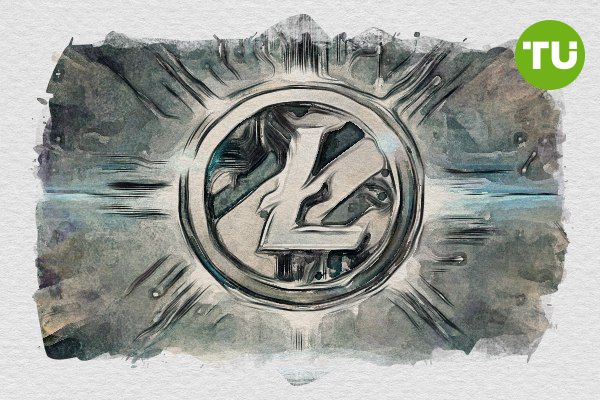Litecoin: the story of "digital silver" and its prospects
 Litecoin: the story of digital silver
Litecoin: the story of digital silver
Litecoin, one of the oldest cryptocurrencies, was once referred to as "digital silver." However, over time, the project lost its luster, experiencing stagnation and waning investor interest. A pivotal moment in Litecoin's history was the decision by its founder, Charlie Lee, to sell all his holdings, sparking criticism and disappointment. Nevertheless, in 2025, the project may find its "second wind."
The golden era of Litecoin
Litecoin was launched in 2011 as a "lighter" version of Bitcoin, offering faster transactions and lower fees. It quickly gained popularity among crypto enthusiasts, thanks in part to its simplified mining process. Litecoin employed the Scrypt algorithm, which allowed coins to be mined using standard home computers.
Additionally, Litecoin's affordability made it an attractive option for investors. Its price was always significantly lower than Bitcoin's, making it a logical choice for diversifying a crypto portfolio.
Charlie Lee's sale of Litecoin holdings
In December 2017, as Litecoin's value neared its peak of $350, Charlie Lee unexpectedly sold all his LTC holdings. This led to a drop in price, with many in the crypto community accusing Lee of greed and prioritizing personal profit over the project.
Lee, however, stated that his intention was to enhance the decentralization of Litecoin. To avoid triggering a market crash, he sold his coins gradually at an average price of around $200 and warned investors in advance about the potential impact on LTC's price.
Lee's decision to sell his holdings in 2017 became a turning point for the project. For some, it resembled an "exit scam," undermining investor confidence. Since then, Litecoin has struggled to maintain its position in the market, ceding ground to newer and more innovative solutions.
A second chance: the Litecoin ETF application
The year 2024 was marked by the launch of spot Bitcoin ETFs, pushing the leading cryptocurrency to an all-time high of $100,000. Following Bitcoin's lead, other cryptocurrencies also submitted applications for their own exchange-traded funds.
Among them was Canary Capital, which in October 2024 filed an application for a Litecoin ETF. In January 2025, the company amended its application, naming U.S. Bancorp Fund Services as the fund administrator and Coinbase Custody Trust and BitGo as asset custodians.
The absence of security status for Litecoin increases the likelihood of ETF approval. Such a development could significantly impact the asset's future by attracting institutional investors and boosting liquidity and market capitalization.
The future of Litecoin
Although Litecoin has long ceased to be a competitor to Bitcoin, it remains a stable project with an active community and technical advantages. Over the past year, LTC's price has risen by 70%, reaching $118. Currently, it ranks 20th among cryptocurrencies by market capitalization.
With the implementation of MimbleWimble technology — a modified proof-of-work protocol designed to enhance transaction privacy by concealing participant data and wallet balances — and the potential approval of the Litecoin ETF, the project has an opportunity to regain some of its lost prominence.
However, Litecoin's success will depend on its team's ability to adapt to the rapidly changing market and deliver solutions that meet the needs of modern users and investors.
Litecoin has traveled a long road from being "digital silver" to facing significant challenges. Nonetheless, the potential approval of a Litecoin ETF could be a turning point, breathing new life into the project.













































































































































